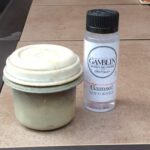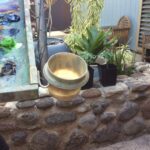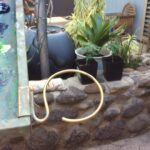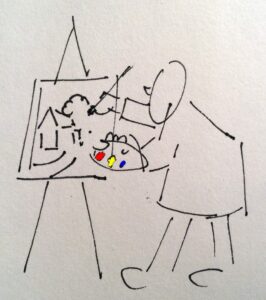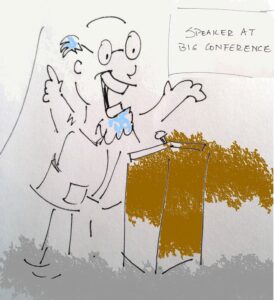 So here is one of my absolute favorite things… my “wine glass holder” ($15.00) from Open Box M (openboxm.com). I have had them overnight these for me when I lose one! No. I am not that desperate for wine.
So here is one of my absolute favorite things… my “wine glass holder” ($15.00) from Open Box M (openboxm.com). I have had them overnight these for me when I lose one! No. I am not that desperate for wine.
Most of us have been through many of the sealable brush washers and had problems with leaking. On a recent trip, I decided to apply a little common sense to the problem.
Here I have placed a small, round, storage container (like Rubbermaid, ZipLoc, Gladware, etc.). This one cost $2.67.
Here it is shown with the lid on. This tiny OMS container NEVER leaks in my backpack. It is shown here with a small, 2 oz. sample bottle of Gamsol to give you an idea of the compact size.
